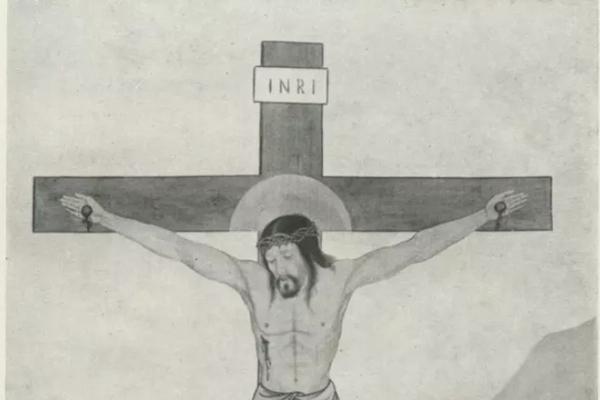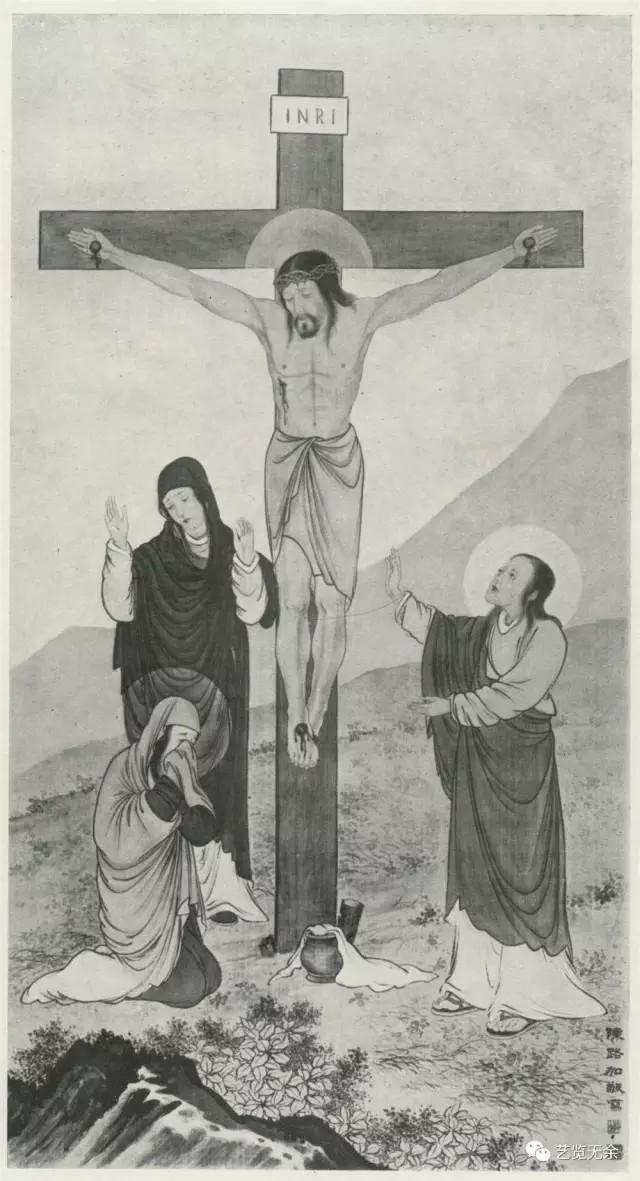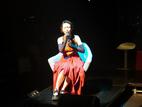Recently, in a modern painting exhibition held by the Tianjin Art Museum, the works of the past Catholic painter Chen Yuandu was shown for the first time to the public.
Chen Yuandu was hailed as the pioneer of the "localization" of Catholic art in modern China.
Chen Yuandu (1902-1967) original name Chen Xu, was well known as Luke Chen in history, which he was sacred named after his conversion to Catholicism. Formerly, he was teaching Chinese traditional paintings in Fu Jen Catholic University's Department of Art, pioneered the style of painting Saints with the Chinese traditional way which was highly appreciated and respected by the archbishop Cardinal Celso Costantini (widely named Gang Heng-yi in China).
An article "Catholic art in Modern China" localization"pioneer -- famous Chinese painting artist Chen Yuandu" published on the Magazine "Modern Decoration Theory" wrote: The Republic of China (1911-1949) played an important role in the history of China, during which there was a rapid development of Catholic art. Christianity was accused of being a cultural invader of imperialism and encountering obstacles in the spread of the religion in China in the 1919 "May Fourth Movement," which advocated the theme of "democratic science" while the ideological reform of the New Culture Movement and the input of socialist ideology kept developing under the influence of the movement. Many intellectuals wanted to change the state of Christianity at that time desperately and made great efforts to localize the Christianity in Mainland China. Art was an important area of the entire localization movemen for Christianity in that period.
For the continual spread of Christianity, in 1919 Benedict XV issued a decree in which he stressed the significant position of the local missionaries. In order to enhance the spirit of localization of Chinese Christianity, in 1922, Gang Hengyi was appointed as the representative to China, which provided favorable conditions for the development of Christian art in China. His arrival greatly enhanced the development of Christian art in China.
After Gang Hengyi met the painter Chen Yuandu in an unplanned meeting, he encouraged him to explore how to make the religious portrait of saints bear nationalistic characteristics, which became a new starting point for Christianity art to rapidly move forward in China.
In 1933, Chen Yuandu was appointed the professor of Fine Arts Dpt of Fu Jen Catholic University, and he helped the university to form the successful Christian religious painting art exhibition in Shanghai in the year of 1935. Afterwards, a group of Christian painters were drawn to him and formed a group whose center was Chen Yuandu. In the opening ceremony of a Christian art exhibition in 1937, he addressed: "The value of Chinese painting, does not lie in its external form but lies in its ability to enhance performance artists’ thinking of Chinese Art which is symbolic and subjective, shape or realism is completely different." "Usually, painters are not very interested in religious themes for most Chinese painters are fond of Chinese history and novels, but in the past in both Buddhism and Taoism there had been outstanding painters and paintings. So we Christian painters can learn from these past predecessors.
His main works include "Last Supper," "The Virgin and Child," "Jesus' Trial," "Christ on the Cross," "Resurrection," "Angel Annunciation" and so on.
Translated by Alvin Zhou









